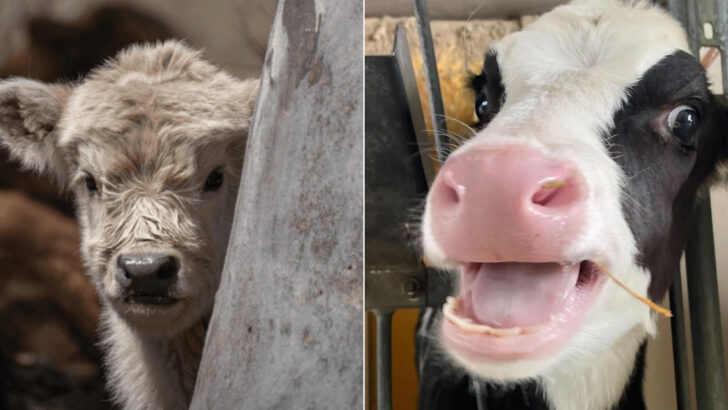Baby cows are more than just farmyard cuteness—they’re full of surprises!
These little bundles of energy form deep friendships, recognize their mom’s voice from birth, and even love to play games. Think of them as the puppies of the pasture—curious, affectionate, and always up for a little mischief.
But did you know calves have best friends? Or that they can jump for joy when they’re happy? There’s a lot more to these gentle creatures than meets the eye.
Get ready to fall in love with 18 surprising (and ridiculously adorable) facts about baby cows!
Calves Have Best Friends

Did you know that baby cows can form strong bonds with their peers? These adorable creatures often develop friendships with other calves of the same age. This bond is not just for play; it brings comfort and security. When they’re together, you can see them frolicking and nuzzling each other, radiating joy. It’s heartwarming to witness such close-knit relationships in the animal kingdom. Much like humans, these friendships can last a lifetime, making those early pasture days all the more important. The presence of a buddy can influence their emotional well-being significantly.
Curious Noses at Work

With noses as curious as their eyes, baby cows explore the world through scent. Their noses are highly sensitive, allowing them to detect scents from afar. Imagine them approaching a patch of wildflowers, their noses twitching with interest. The world is a sensory playground for these young adventurers. Scent plays a crucial role in their social interactions too, helping them identify their mothers and friends. Their keen sense of smell guides them through their environment, ensuring they remain connected with their herd. Observing a calf’s investigative nature can be utterly delightful!
Calves Are Surprisingly Playful
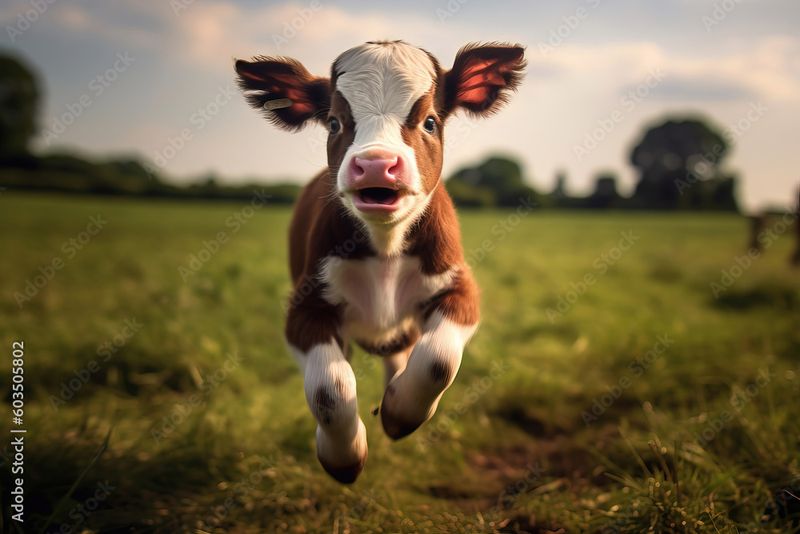
Playtime is serious business for calves. These young bovines are known for their spirited antics, often seen running and leaping around the fields. Their playful behavior is essential for developing social skills and physical strength. Watching them engage in games of chase or playful headbutts is a sight to behold. Each romp and frolic is a step toward a strong and agile adulthood, as well as a way to establish social bonds. Their zest for life is infectious, reminding us of the joy found in simple pleasures. Who knew calves could be such entertainers?
They Love a Good Scratch
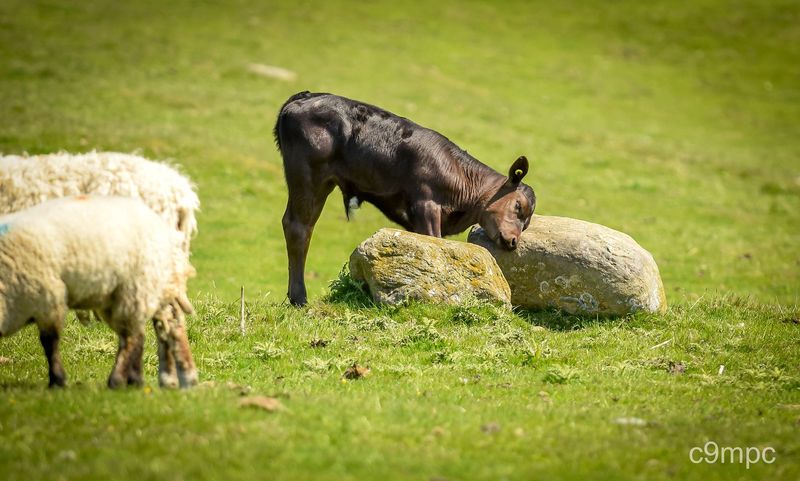
Calves, much like cats, love a good scratch. When you see a calf rubbing against a fence or a tree, it’s not just to relieve an itch. This behavior is soothing and pleasurable, often accompanied by a look of pure bliss on their faces. It also helps them shed their baby coats when the seasons change. Providing them with scratch posts or structures in their environment can enhance their well-being. Observing a calf in this state of relaxation is a reminder of the simple joys in life, akin to a cat’s purr.
Gentle Giants in Training
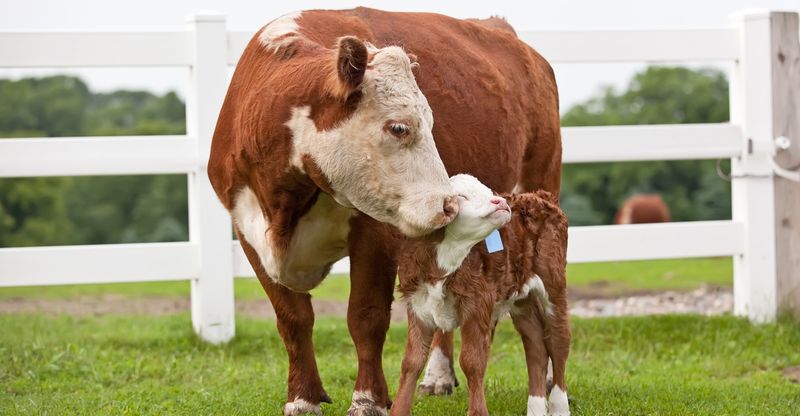
Calves might be small now, but they’re on their way to becoming gentle giants. Even at a young age, they possess a calm and tender demeanor. Watching a calf interact with older members of the herd reveals their innate gentleness. These interactions are crucial for learning the social dynamics of the herd. Their tender-hearted nature is evident when they nuzzle against their mothers or lie quietly in the grass. As they grow, this gentle disposition continues to define them, making them beloved members of the farm.
Calves Have a Sweet Tooth

While calves primarily drink milk, they have a surprising affinity for sweet flavors. As they grow, curious calves often lick salt blocks and even sneak tastes of molasses-flavored feeds. This sweet tooth isn’t just for indulgence; it’s vital for their nutritional needs, particularly the minerals in salt licks. Observing a calf’s delight as it discovers these tastes is a charming spectacle. Their enthusiasm for sweets mirrors our own cravings, reminding us of the joy in discovery. Whether sneaking a taste or savoring a treat, their preferences are endearing.
Unique Coat Patterns
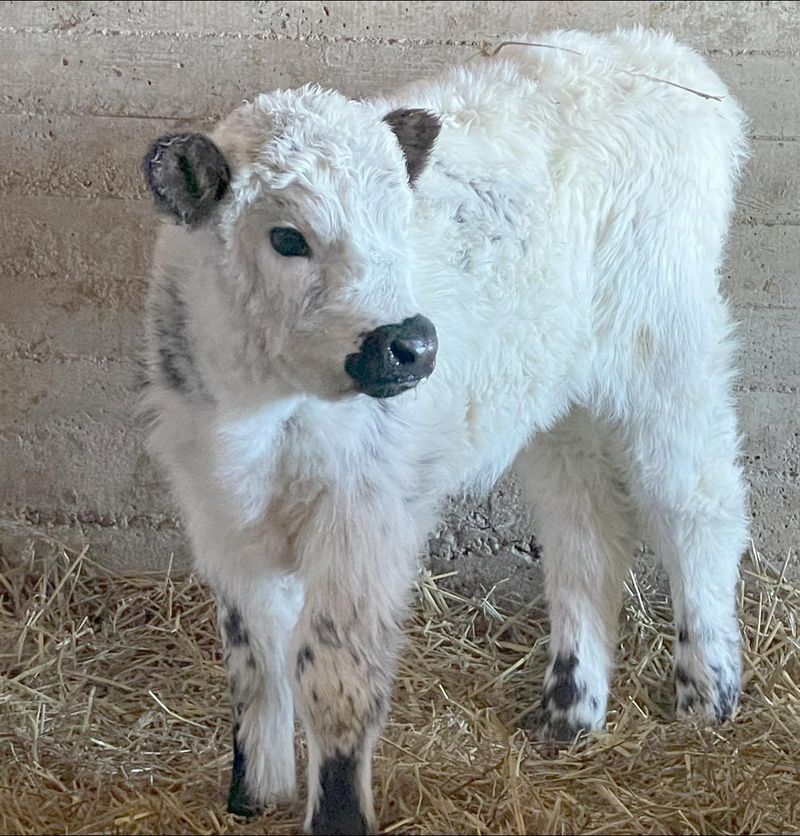
Every calf sports a coat pattern unique to itself, much like human fingerprints. These distinctive patterns not only add to their charm but also make it easier for farmers to identify them. From spots to patches, each calf’s coat tells a story of individuality. These patterns can aid in social bonding, as mothers recognize their calves by these visual markers. Observing the myriad of patterns is a delightful experience, each calf showcasing its own brand of beauty. Their coats are a testament to nature’s creativity and diversity.
Adventurous Explorers
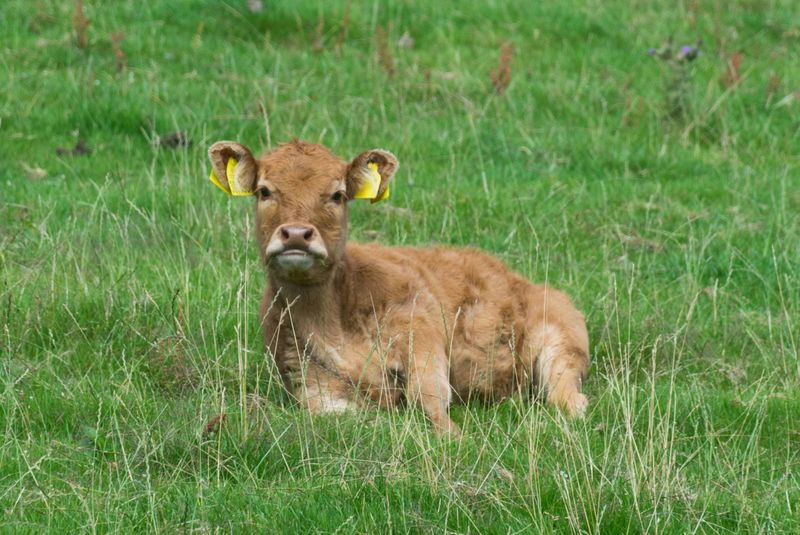
Young calves are born explorers. From the moment they can stand, their inquisitive nature leads them to investigate their surroundings. Whether it’s stepping over a stream or navigating through tall grass, these little adventurers are fearless. Their explorations are critical for learning about their environment and developing survival skills. Watching a calf take its first tentative steps into the unknown is both heartening and inspiring. This adventurous spirit continues throughout their lives, ensuring they remain curious and resilient. Their journeys remind us of the wonders of exploration.
Early Communicators

Calves are born communicators, developing vocal skills almost immediately. Their calls range from soft murmurs to loud bleats, each sound serving a purpose. These vocalizations help them connect with their mothers and alert the herd to their needs. Imagine a calf calling out in the field, its voice echoing with urgency or contentment. Communication is vital for their survival, ensuring they receive care and protection. Listening to their varied calls provides insight into their emotional world, showcasing their expressive nature.
Calves Enjoy Music

Believe it or not, baby cows have been observed responding positively to music. Calves exposed to gentle melodies often appear more relaxed, their moods uplifted by the soothing sounds. This affinity for music is a fascinating aspect of their personality, indicating their appreciation for rhythm and harmony. Playing music for them can enhance their environment, reducing stress and encouraging calm behavior. Whether it’s classical tunes or soft country melodies, these auditory experiences enrich their lives. This musical connection is a delightful surprise for animal lovers.
Natural Born Swimmers
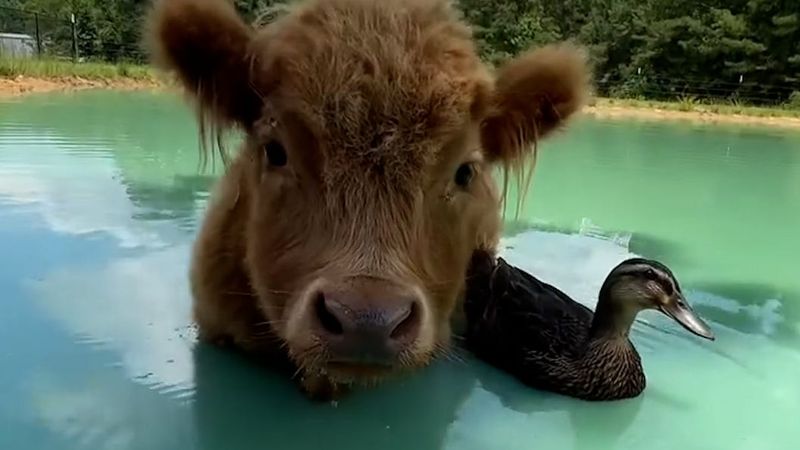
Though it might be unexpected, calves take to water like naturals. Despite their ungainly appearance, they are surprisingly adept swimmers. Whether wading through a pond or crossing a stream, their swimming skills are impressive. Monitoring a calf as it takes its first dip can be a delightful spectacle. These aquatic adventures are more than just fun; they are crucial for building strength and coordination. The sight of a calf gently navigating through water is both amusing and heartening, proving that these animals are full of surprises.
Calves Have Social Hierarchies
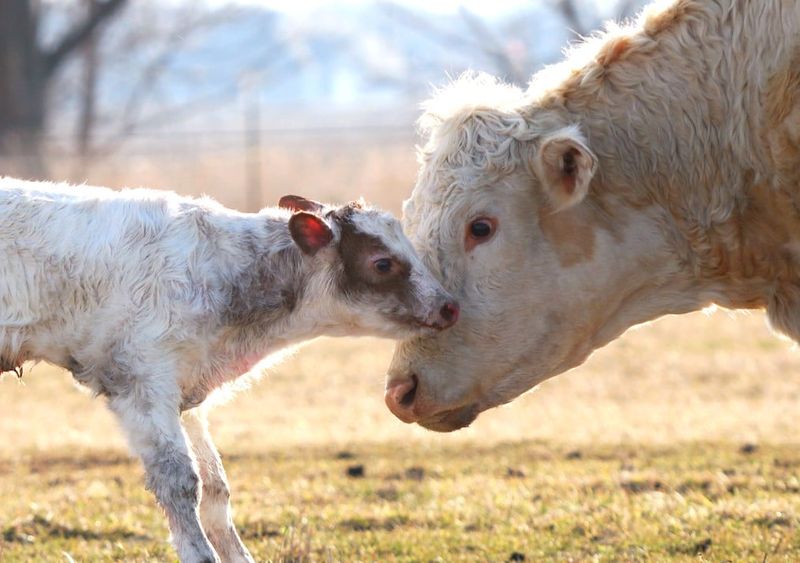
Even at a young age, calves establish social hierarchies within their group. These hierarchies help maintain order and structure, ensuring harmony within the herd. Watching them interact reveals subtle cues of leadership and dominance. A calf asserting itself as a leader may lead others to new grazing spots or initiate play. These social dynamics are essential for their development, teaching them valuable life skills. Observing these interactions provides insight into their complex social world, highlighting their intelligence and adaptability.
They Learn by Mimicking
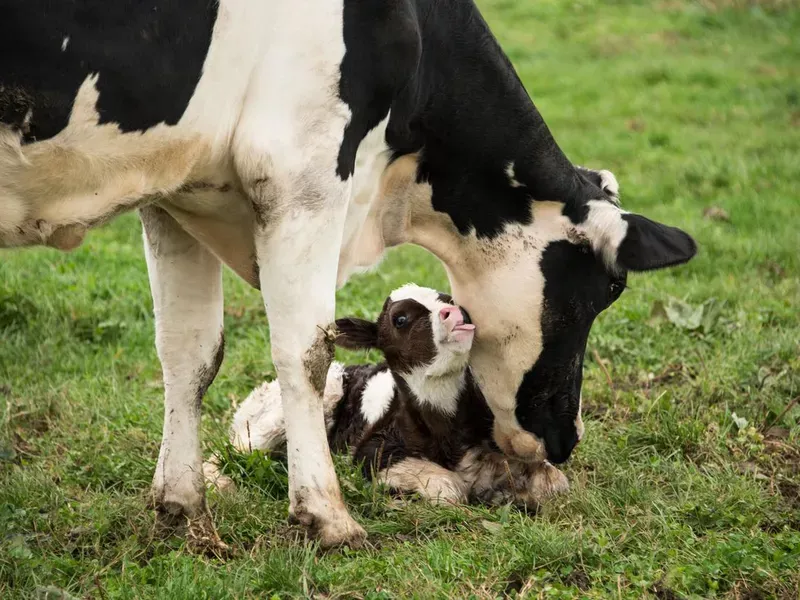
Calves are keen observers, learning much of their behavior by mimicking adults. Whether it’s grazing, drinking, or social interactions, they watch and learn from their elders diligently. This mimicry is crucial for acquiring the skills necessary for survival. Observing a calf emulate its mother’s actions is both charming and educational, highlighting their intelligence and adaptability. Each imitation is a step towards independence, as they practice and perfect these essential behaviors. This learning process underscores the importance of family and community in their upbringing.
Sensitive to Weather Changes
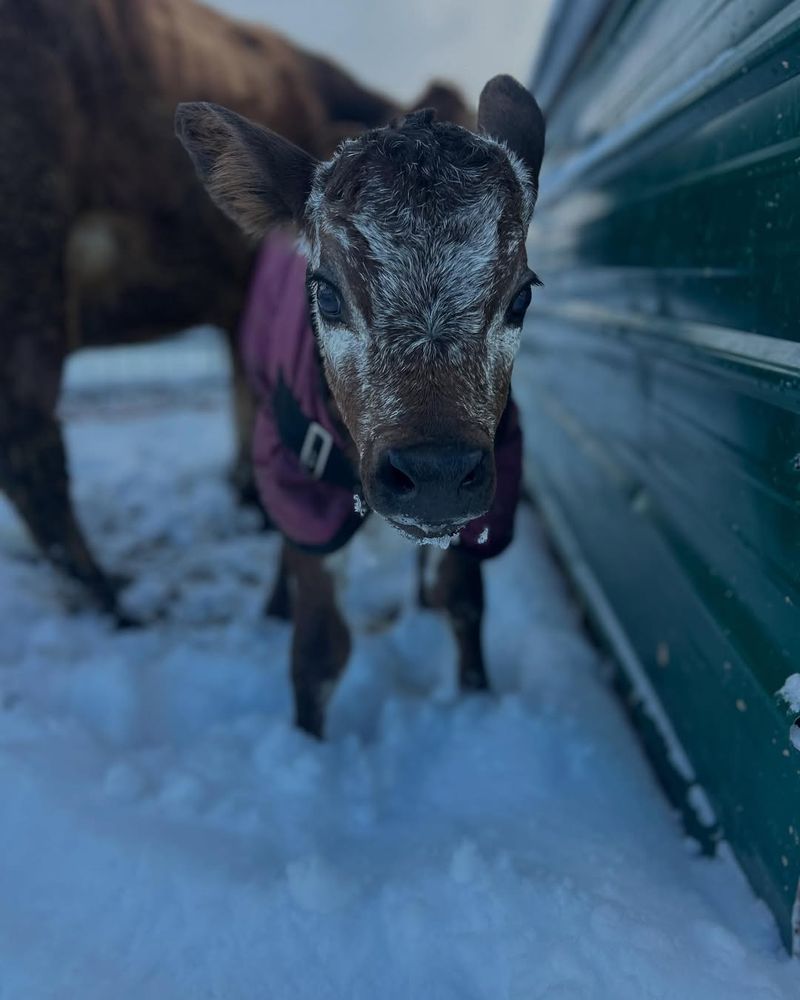
Calves are remarkably sensitive to changes in weather, reacting to shifts in temperature and precipitation. This sensitivity helps them seek shelter and adjust their behavior accordingly. Watching a calf as storm clouds gather is a testament to their keen instincts. Their reactions ensure they remain safe and comfortable, adapting to their environment with surprising agility. This sensitivity to weather changes highlights their connection to nature, showcasing an innate understanding of the world around them. Their ability to adapt serves them well throughout their lives.
Calves Can Jump!

Despite their somewhat stocky build, calves are surprisingly agile and can jump with enthusiasm. Whether it’s hopping over a small obstacle or playfully bounding in the pasture, these moments are delightful to observe. This agility is not just for fun; it helps them navigate their environment and avoid potential threats. Watching a calf leap with such energy is a reminder of their youthful exuberance. These playful jumps serve to build the strength and coordination they’ll need as they grow, embodying the joy of movement.
Expressive Ears

A calf’s ears are not just for hearing; they are expressive tools that convey emotion and intention. Watching a calf’s ears twitch or perk up offers insights into its mood and focus. Whether they are relaxed or alert, their ears communicate with eloquence. This expressiveness aids in their social interactions, helping herd members understand each other. Observing these subtle movements is fascinating, providing a glimpse into their lively inner world. Their ears are not just functional but are key to their emotional expression.
Calves’ Early Independence
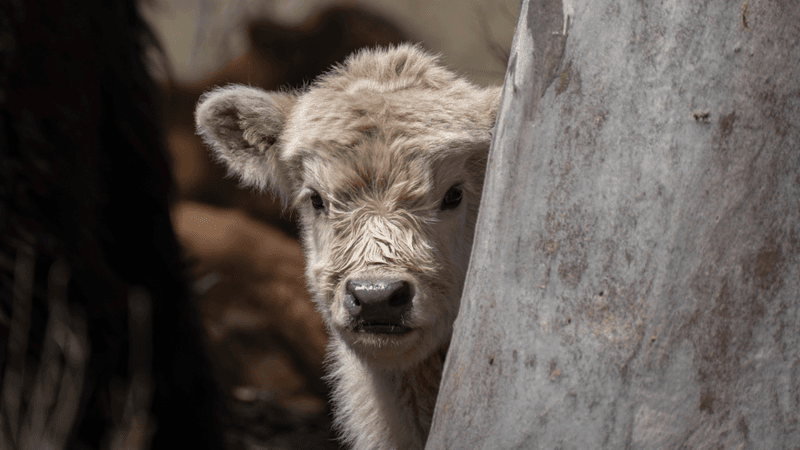
Remarkably soon after birth, calves exhibit a degree of independence, exploring their surroundings with curiosity. While they remain close to their mothers, this early autonomy is essential for their development. Watching a calf venture just a bit further each day showcases its growing confidence. This independence is crucial for learning about their environment and building social connections. Their ability to navigate the world with such youthful courage is both inspiring and heartwarming. These explorations lay the foundation for a life of connection and curiosity.
Laughter in Moo Form
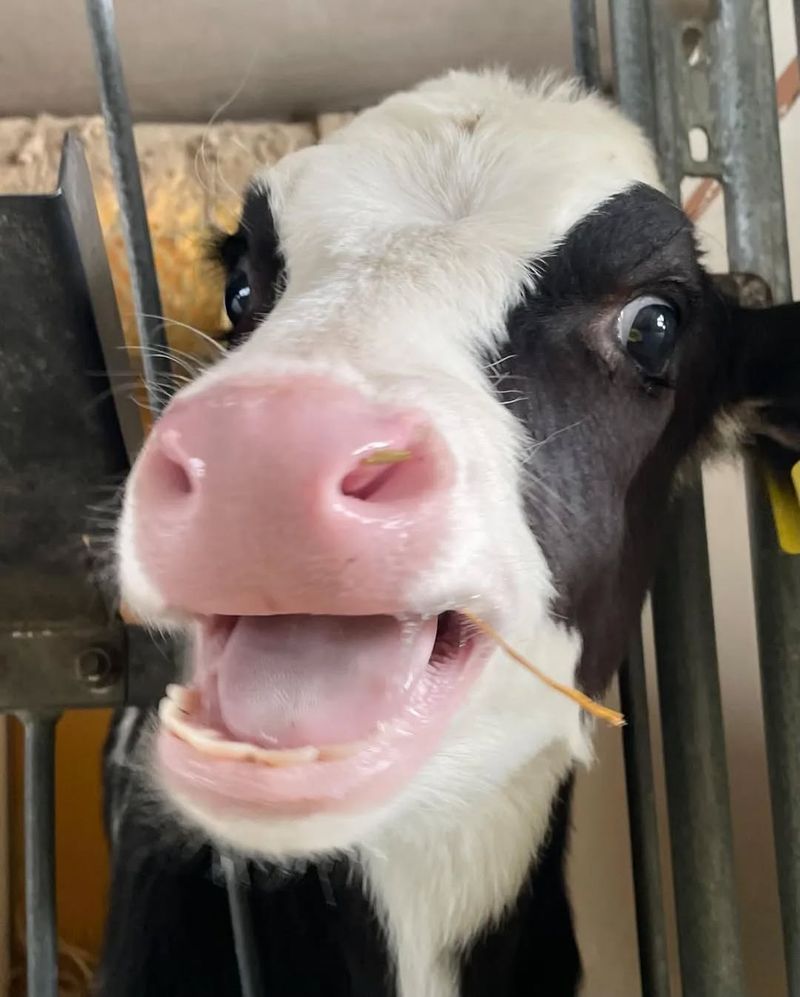
Calves have a range of vocalizations, and some sounds they make can resemble laughter. Their playful moos add a sense of joy to any pasture, creating a chorus of mirth. These vocalizations are not just amusing but serve to strengthen social bonds within the herd. Listening to a calf’s distinctive calls, especially those that sound like laughter, is a delightful experience. It highlights their spirited nature and love for community. Their vocal expressions remind us of the simple joys of connection and communication.

